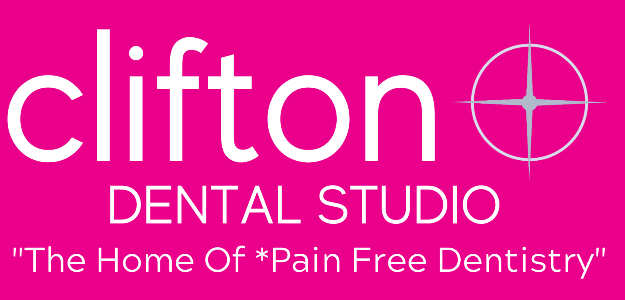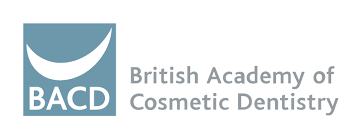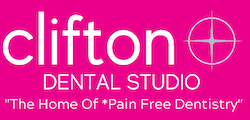How Composite Bonding Can Help Chipped or Cracked Teeth
A person’s teeth can end up chipped or cracked for many different reasons varying from involuntary teeth-grinding (bruxism), accidental injuries, and even a severe build up of tooth decay. In the event that a tooth does become chipped or cracked it is possible to look into composite bonding to help correct the damage.What is composite bonding?
Composite bonding is the procedure in which a dentist repairs a fractured, chipped, cracked or discoloured tooth, using special tooth-coloured resins so as to blend perfectly with the rest of the patient’s teeth.How is composite bonding treatment carried out?
Composite bonding is a simple procedure and unless the chip or crack in the tooth has been caused by tooth decay, anaesthesia won’t even be necessary. Firstly, and to ensure that the tooth-coloured composite blends in perfectly with the chipped tooth, the dentist uses a shade guide, finding the best possible match. When this matching colour has been chosen the next step is for the dentist to prepare the tooth for bonding by making the surface of the tooth in question rough and abrasive. A conditioning liquid is then applied onto the tooth to ensure that the composite bonding material will stick. Next comes the most important part, applying the bonding material. This resin is treated much like clay, being moulded and smoothed until it has formed the perfect shape. Once this has been perfected the resin is then hardened into position using either ultraviolet lights or lasers. Once hardened, the bonding material is further shaped, trimmed and finally polished so that it matches the colour of the rest of the teeth.We carry out such treatment at Clifton Dental Studio in Bristol so do contact us if you would like more advice or information.Tags: Composite bonding, Cosmetic bonding Bristol, cosmetic bonding swindon, cosmetic dental bonding











